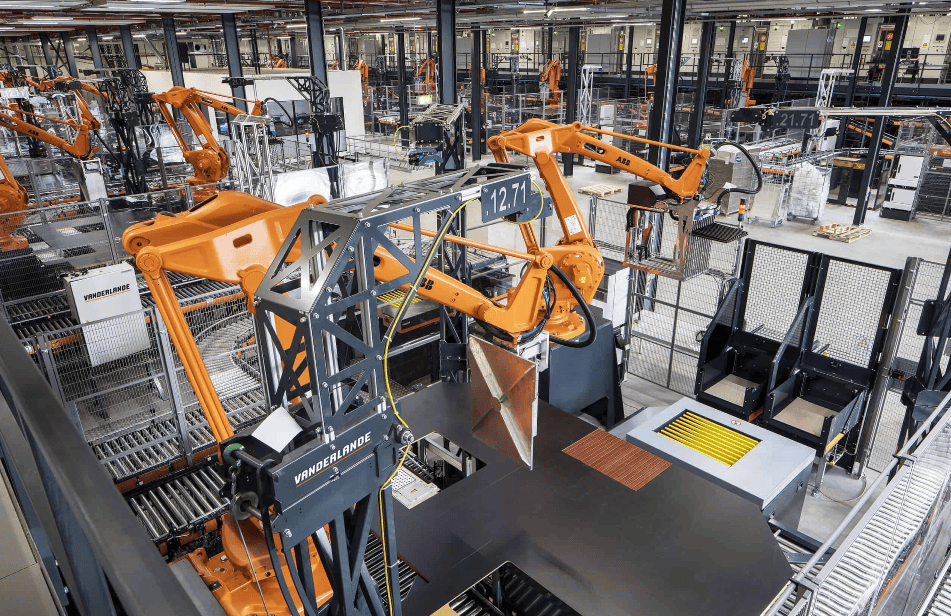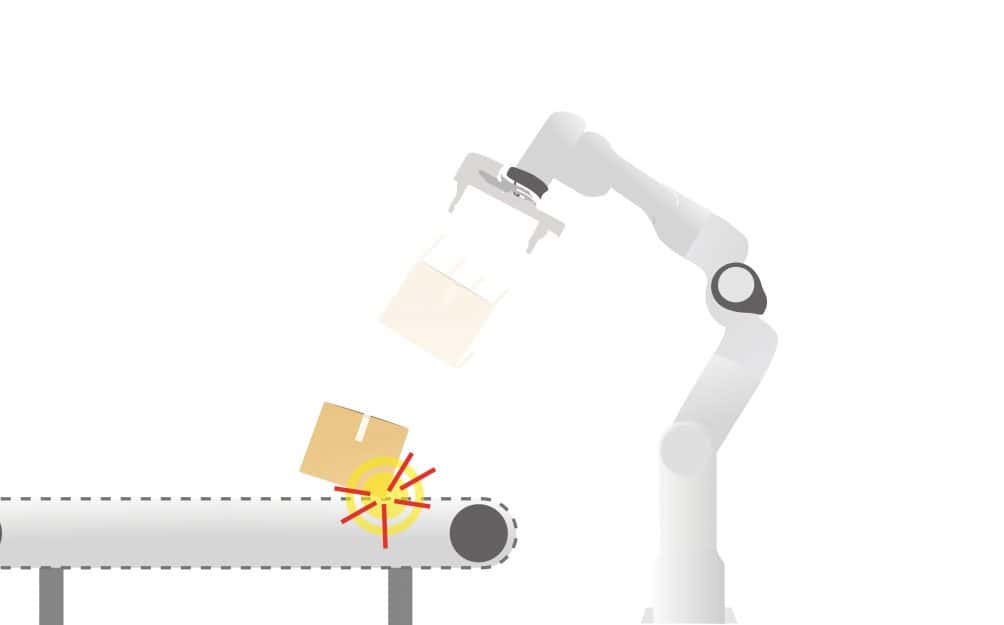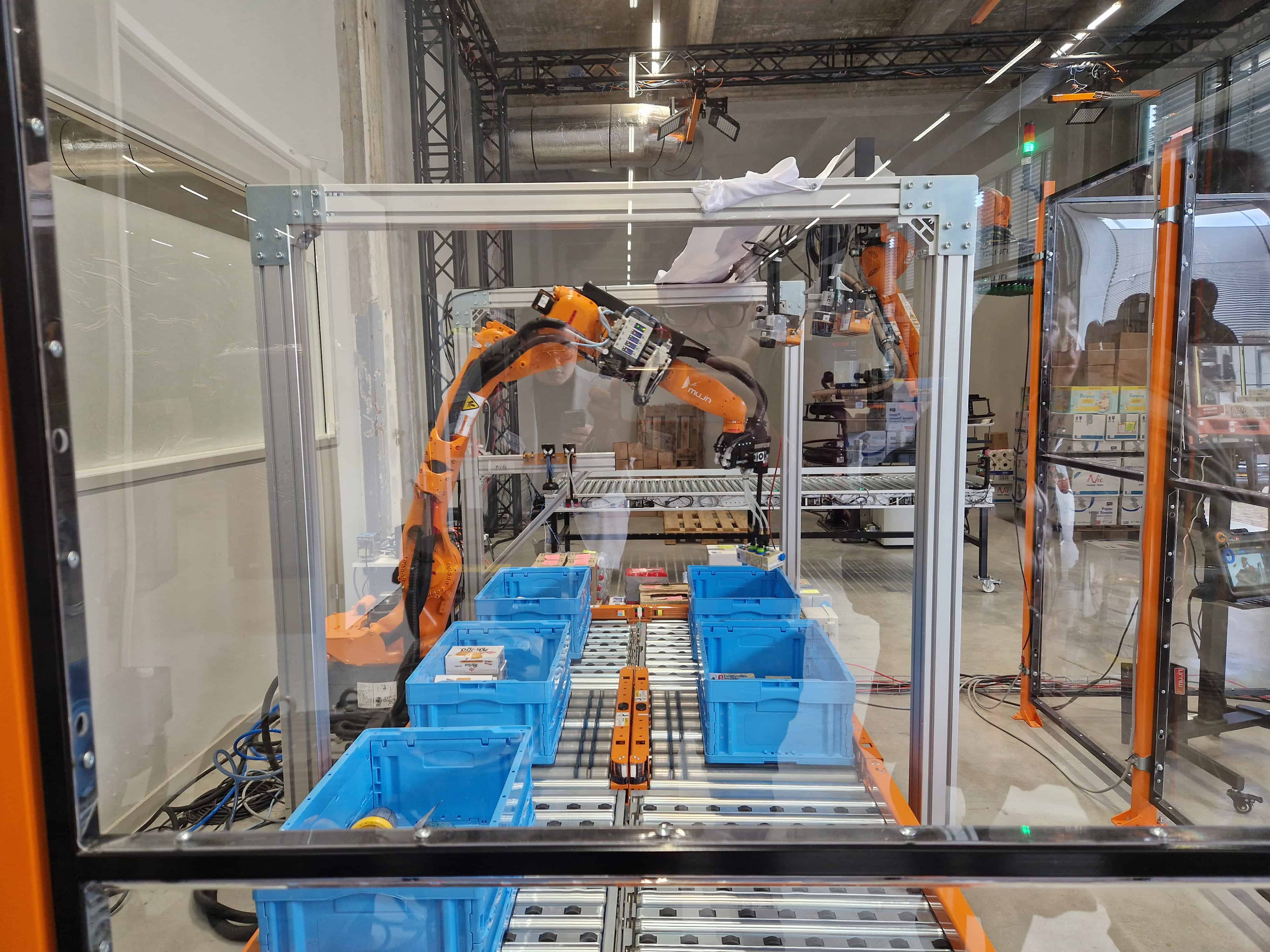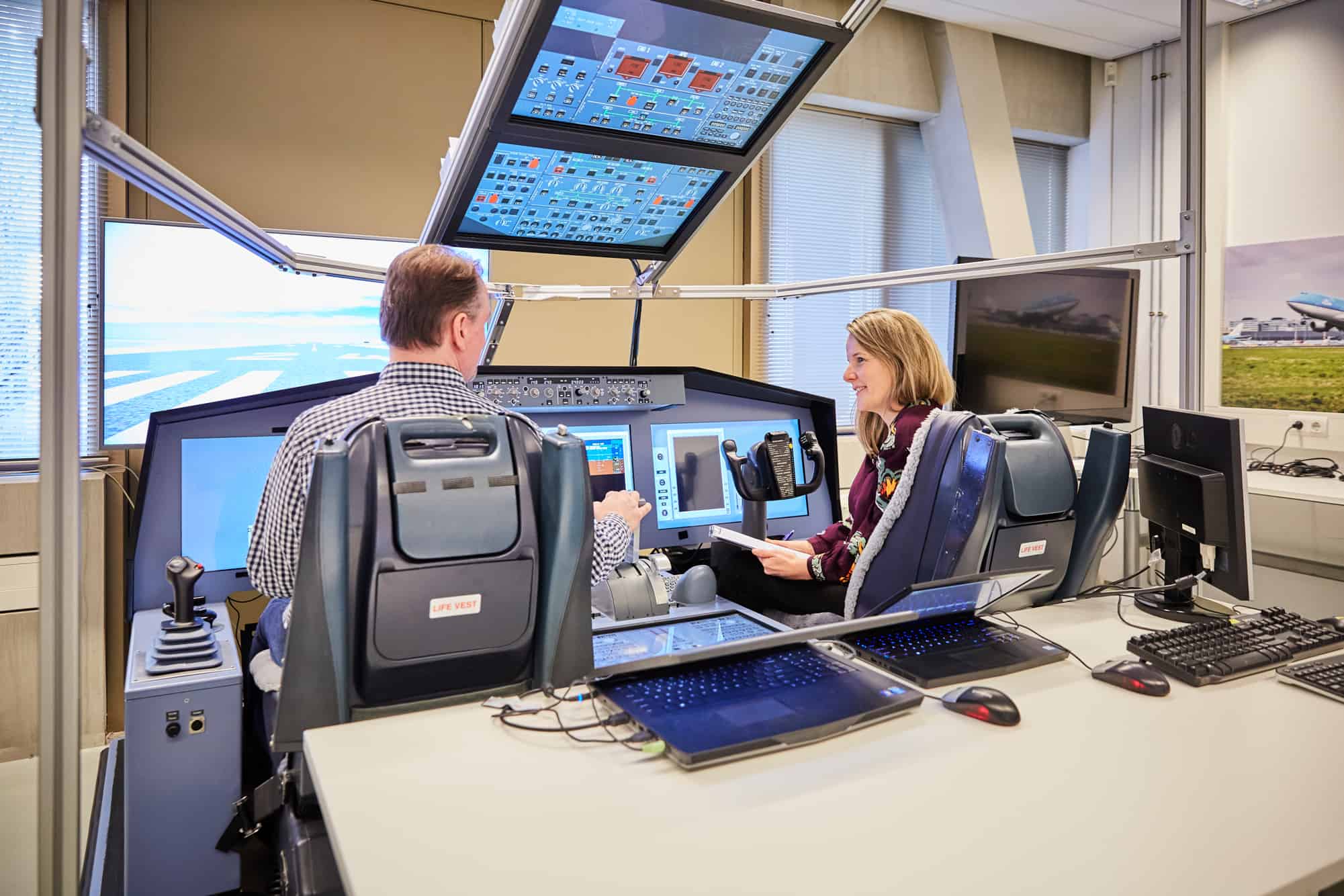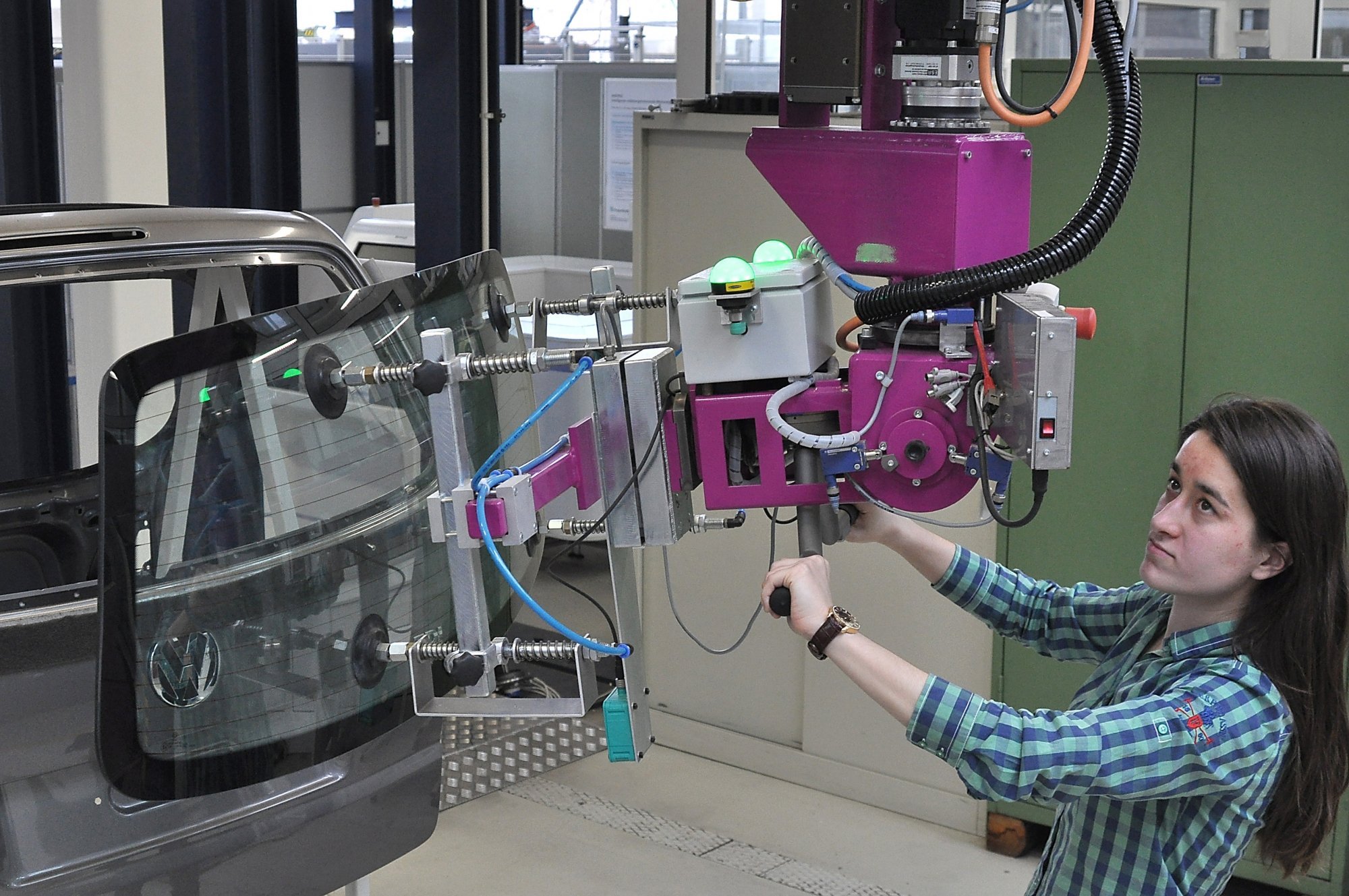
HAMBURG, 9 December 2018 – Industry 4.0, or the fourth industrial revolution, is already changing not only industrial production, but also the world of work. Digitilisation, the increasing use of adaptive robots and systems for production and logistics control make conventional function profiles superfluous and create new ones. However, there is still a lack of diagnostic tools to accurately describe the changes that are taking place and to make suggestions for concrete action.
Further training for job retention
The Scientific Association for Production Technology (WGP) wants to change this. The WGP is a national association of German professors of production technology. In its recently presented strategy paper Industrial Workplace 2025 (only in German), it presents an analysis model that examines the different levels of automation and shows where action is needed. “As an association of German professors of production technology, we want to contribute our know-how to make these changes as humane as possible,” says Professor Berend Denkena, chairman of the WGP and head of the Institute for Production Technology and Machine Tools IFW at the University of Hanover.
The aim is to prepare a company’s employees for innovations as early as possible by means of further training. “Companies can use this model to determine the degree of automation of their various production processes and to determine where action should be taken,” adds Professor Peter Groche, initiator of the WGP position paper and head of the Institute for Production Technology and Moulding Machines (PtU) at the Technical University of Darmstadt. Moreover, the analyses carried out with this model will allow conclusions to be drawn about what needs to change in educational institutions and training courses.
Five steps to Industry 4.0
For their analysis model, the scientists used the step-by-step model for autonomous driving as a model. The individual phases describe the degree of automation, i.e. the development phase towards a fully developed industry 4.0. The material and information flows, the state of the plant and the respective production processes are investigated.
At level 0, the production facility has no connection to other systems. The operators take care of the inflow and outflow of the material and the information flow to the higher production system. In phase 1, the system is already connected to a higher level control system. However, the material and information flows to other systems are still taken over by the operators. In phase 3, the production line is directly connected to other systems. The path taken by individual workpieces through the system is followed in real time by sensors. The same applies to the flow of material from and to other plants. Delays are immediately taken into account in the planning.
At level 4, the degree of cross-linking of the production line is even higher. Sometimes it can communicate autonomously with operators and other systems. Now robots that work together and learn with people are also part of it. Finally, step 5 describes a system that learns and interacts with the production and information systems inside and outside the factory and with the operating personnel. It would be the final phase of automation and digitisation.
Conclusion: It doesn’t work without people
But even at this highest stage of development, there is still demand for people. Many qualified activities are also taken over by machines and self-learning computer systems. “Self-learning production systems should also be taught by skilled workers,” explains Professor Bernd-Arno Behrens, head of the Institute for Moulding Technology and Moulding Machines (IFUM) at Leibniz Universität Hannover. “And autonomous subsystems of a production facility must be monitored and maintained. In addition, new business models based on data-supported services would be created, as well as new professional profiles.
Whether industry 4.0 actually creates more jobs than it destroys remains to be seen
Industry 4.0 could make simple activities in this country worthwhile again. “It can be a considerable advantage for the entrepreneur to be able to oversee the entire process chain at one location’, continues Behrens. Up to now, domestic industry has only retained the high quality jobs in the country and moved many other production steps to cheaper locations.
It remains to be seen whether industry 4.0 actually creates more jobs than it does away with. But the WGP analysis model can help companies to identify areas where they need to further qualify their employees and thus maintain employment. This would have a positive effect on the quality of employment. In a global comparison, they can still score points with the high competence of their employees.
Effect of digitisation depending on the economic environment
Experts do not agree on the long-term consequences of digitisation and the introduction of intelligent machines for the labour market. While WGP scientists are rather optimistic, others predict negative consequences. Last spring, Bitkom, the interest group of the German IT and telecommunications industry, warned that up to three million jobs would be lost in Germany by 2022. And in a 2013 study, Oxford teachers Carl Benedikt Frey and Michael A. Osborne sketched a still bleak picture. According to the study, 47 percent of all jobs in the US were available for planning alone. The two refer to findings on the consequences of automation and mechanization. Today, not only handiwork, but also intellectual activities are taken over by machines. Moreover, the qualification of people in the future will probably be measured by their ability to work with intelligent machines.
And indeed, the WGP experts believe that this ability will be very important. Moreover, the much-discussed end of work has been in sight for a long time. A study by the Mannheim Centre for European Economic Research (ZEW) gives a positive employment balance. Although in five years about five percent of the workforce has been replaced by modernisations in production, the companies have also become more productive. They now produced cheaper and in larger quantities – and hired new staff elsewhere. In addition, this development also affected other sectors of the economy, where jobs were created. Ultimately, between 2011 and 2016, digitisation led to a 1% increase in the number of jobs.
However, this only works in a positive economic environment. In an environment characterised by stagnation and trade conflicts, the impact of digitisation is likely to be different.




